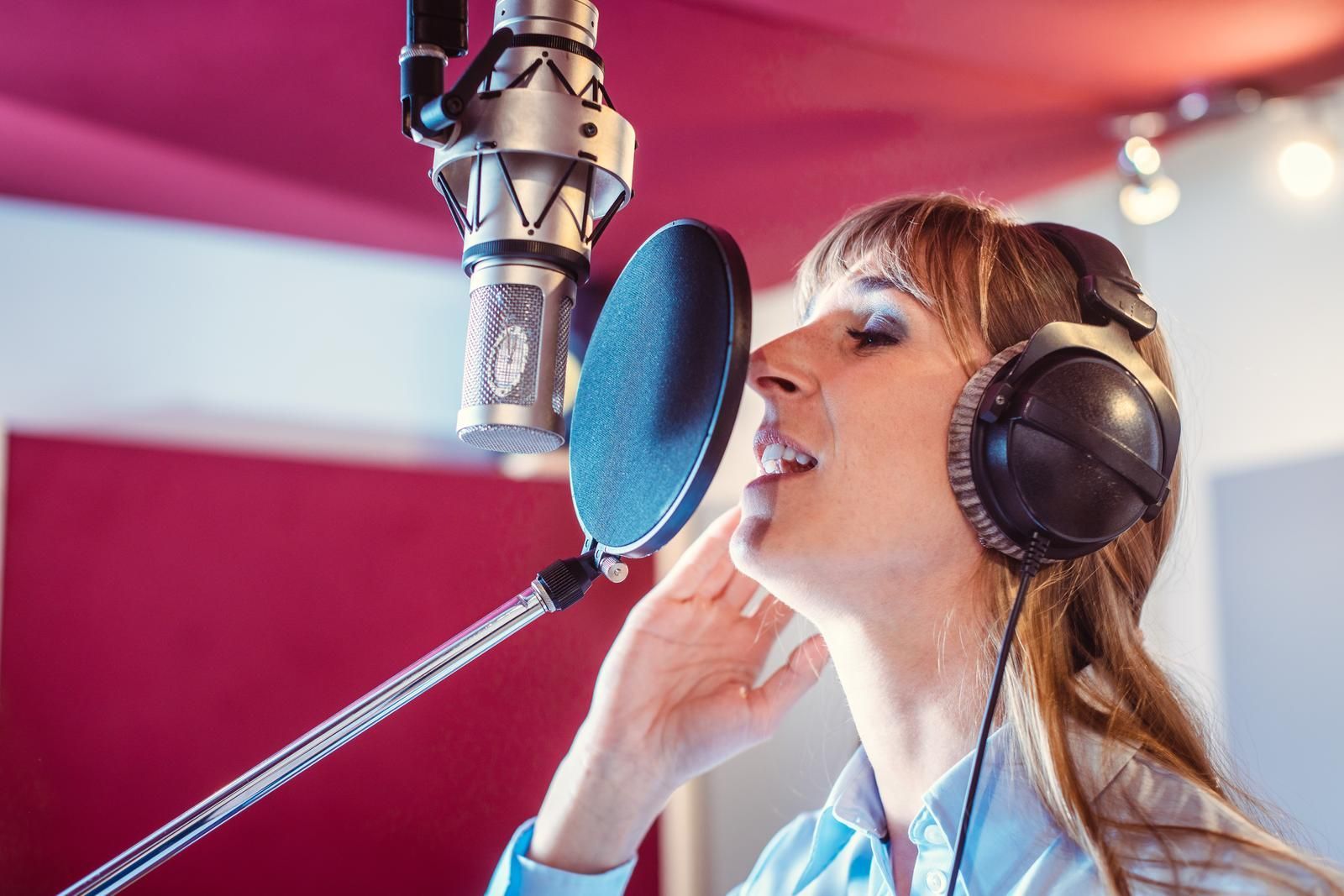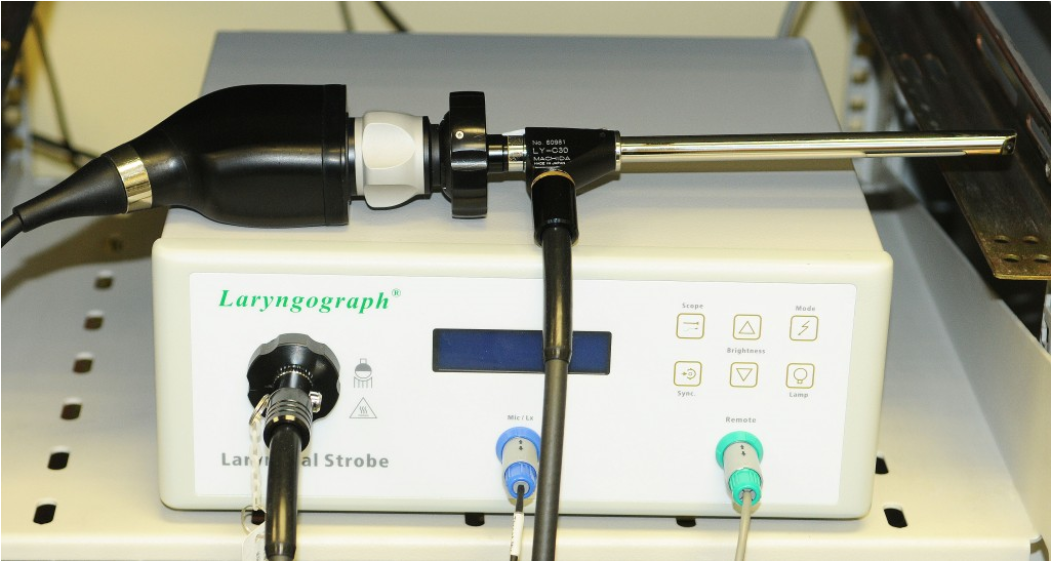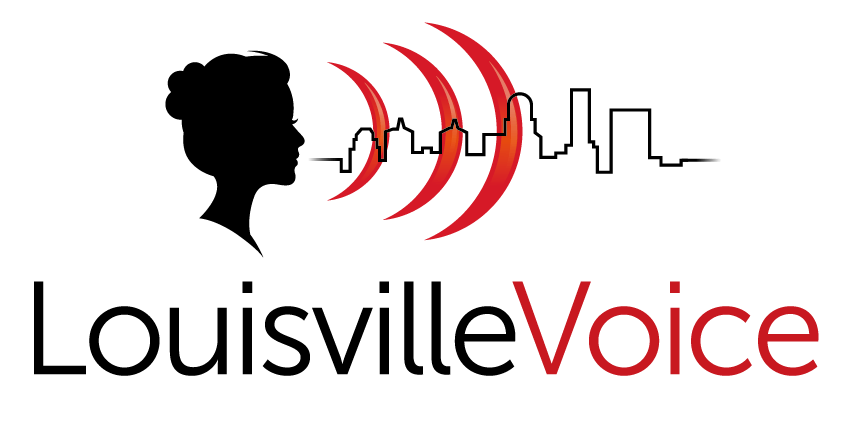All You Need to Know About Microsurgery for the Voice!
Our voice gives us the ability to express ourselves and make ourselves heard in the community. For professional singers, voice coaches, marketing professionals and orators, any impact on the voice not only means a personal impediment but great implications on their professional careers.
With recent advances in medicine and technology, it is possible to remove most vocal cord lesions with minimal surgical intervention using Microsurgery techniques. Here’s all you need to know about microsurgery for the voice.
What Is Microsurgery for Voice?
Voice related problems are common among professional singers, voice coaches, teachers, marketing professionals and more. Microsurgery is often recommended to these individuals to correct the problem. However, there are several things to know about the care, risks and complications of microsurgery before making the choice.
Microsurgery for voice, commonly called Microlaryngoscopy or Laryngeal microsurgery, is a minimally invasive procedure performed on the vocal cords. This procedure requires the use of specialized instruments or lasers to treat any lesion of benign or malignant nature affecting the vocal cords.
Why Is Microsurgery Suggested?
Vocal cord tissue is extremely delicate. Their ability to of this delicate tissue to vibrate facilitates voice production. Lesions like tumors, cysts, nodules or polyps hamper the normal vibration of the vocal cord and may cause hoarseness. A Laryngeal Microsurgery can be performed to correct this condition.
Who Is More Likely to Be Suggested to Undergo Microsurgery for Voice?
People with high vocal demand experience frequent collisions between the vocal cord ("phonotrauma"), which leads to the development of lesions on the vocal cord.
People at a higher risk of developing phonotrauma are:
• Singers
• Voice coaches
• Educators and teachers
• Marketing professionals
• Orators or debaters
• Anyone who has to use their voice for their job
An expert vocal care professional like Dr Elizabeth Burckardt can help you identify minor vocal issues at the onset and prescribe ways to correct them effectively.
How Is Microsurgery for Voice Performed?
Laryngeal microsurgery is a minimally invasive procedure that can be performed as a minor outpatient surgery. The procedure is performed by:
• Placing a laryngoscope through your mouth so that the vocal cords can be easily visible.
• The area of the lesion is illuminated and magnified with a microscope.
• Surgeons use tiny instruments or a laser to remove the damaged tissue.
• A healthy epithelial layer is left intact over the vocal cord for it to heal and function normally.
About the Procedure
Type of Surgery: Minimally invasive
Procedure duration: 10 to 45 minutes
Type of anesthesia: General anesthesia
Hospital stay: Patient is usually discharged on the same day of the procedure.
Care Post Microsurgery for Voice
• Your surgeon may suggest 5 to 7-days rest to your vocal cords.
• Avoid any foods that cause acid reflux while healing
• Stay hydrated
• Speech therapy or exercises may be recommended to help by strengthen your vocal cords.
Risks and Complications of Microsurgery for the Voice
A microsurgery procedure for voice is a high precision procedure performed on the delicate tissue. So there are risks involved, but they are rare. An expert surgeon can minimize if not eliminate these risks to a good extent.
The risks involved with microsurgery for voice are rare, but some patients may notice:
• Chipped or cracked teeth
• Numbness or tingling in the tongue area
• Change in taste
• Burns or cuts in the adjoining area
• Persistence or recurrence hoarseness of voice, especially if caused by smoking
• Difficulty in swallowing
Dr Elizabeth Burckardt is a specialist trained in microsurgery for voice and care for the trachea and larynx. She has worked consistently to correct and rehabilitate voice concerns amongst famous professional singers, voice coaches, and other professionals. So if you have questions or concerns about microsurgery feel free to contact her by visiting her website.










